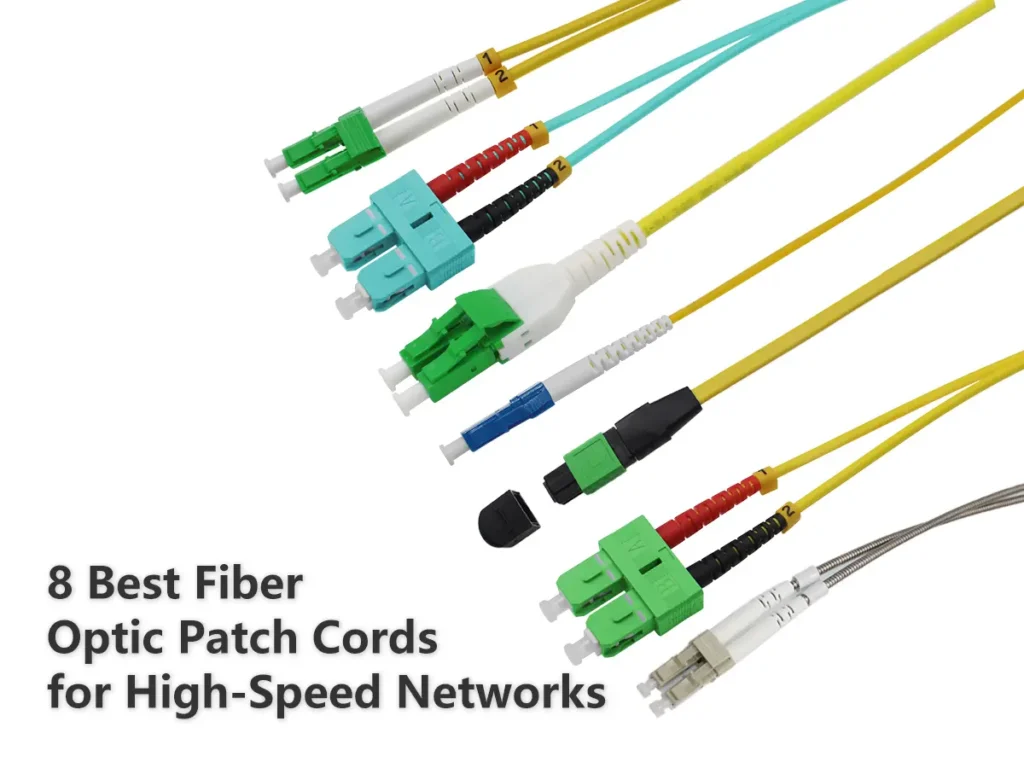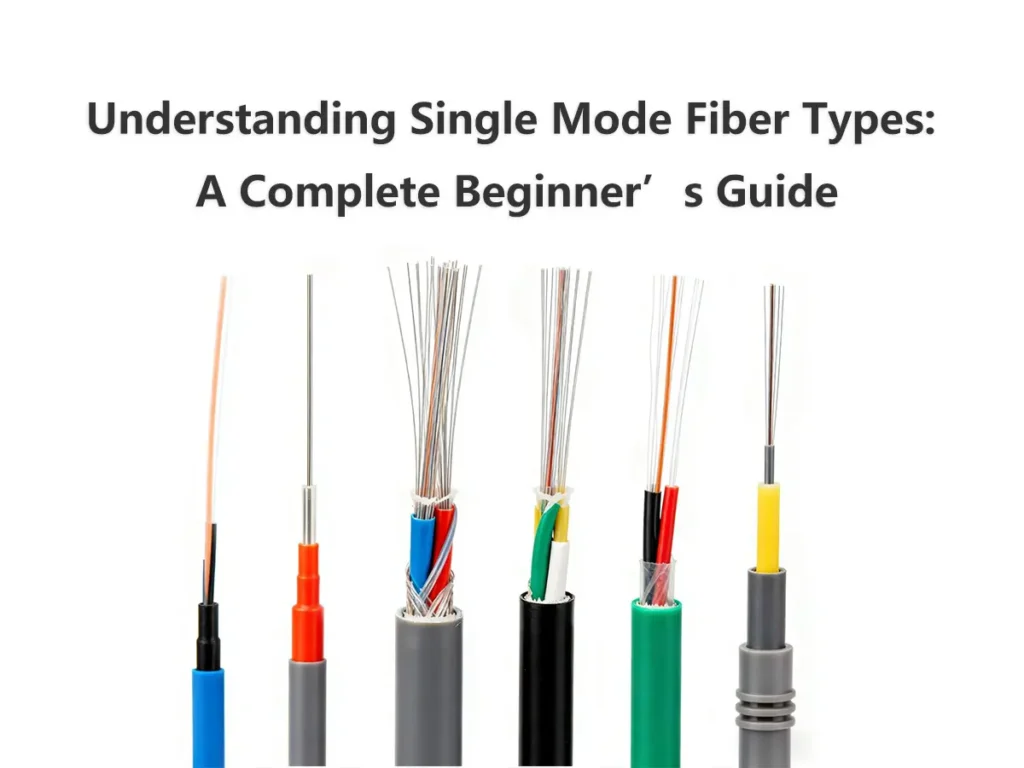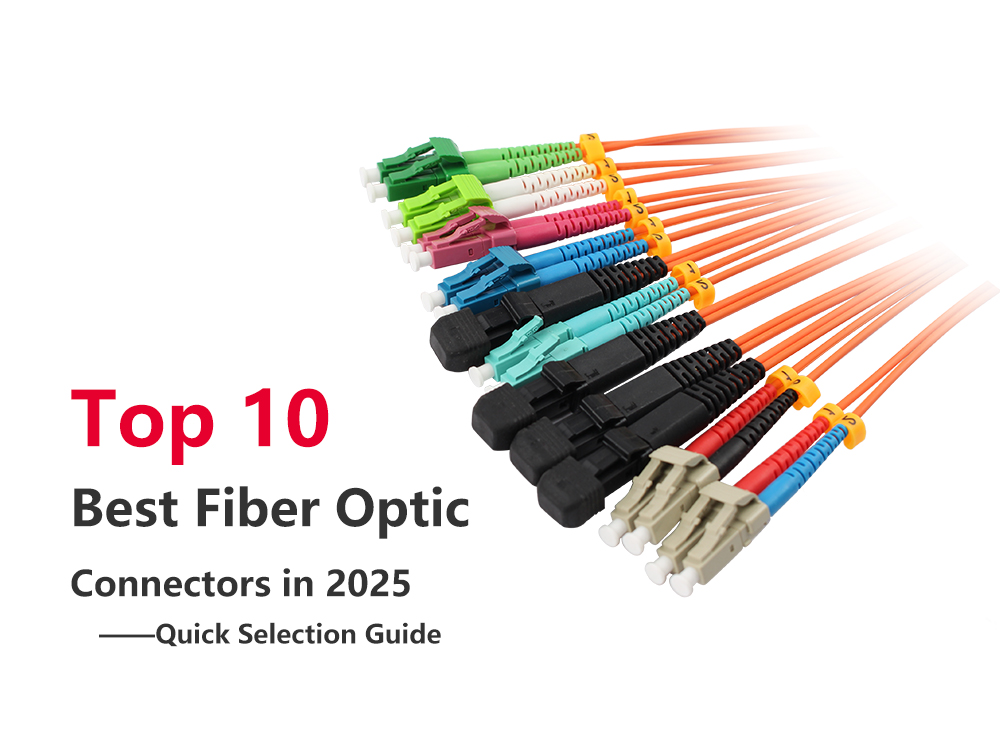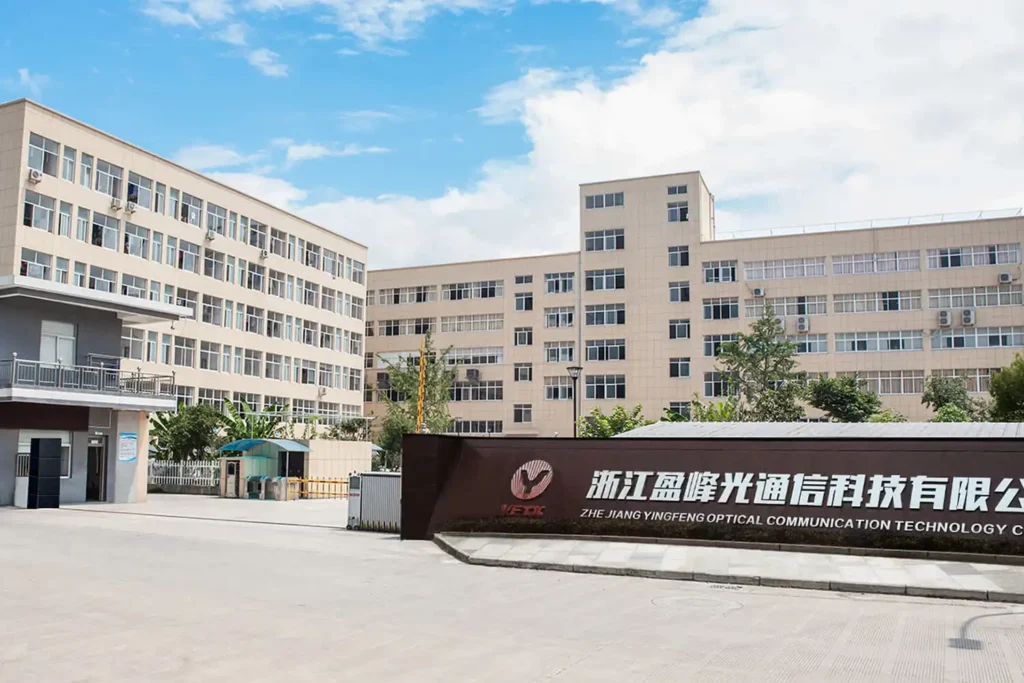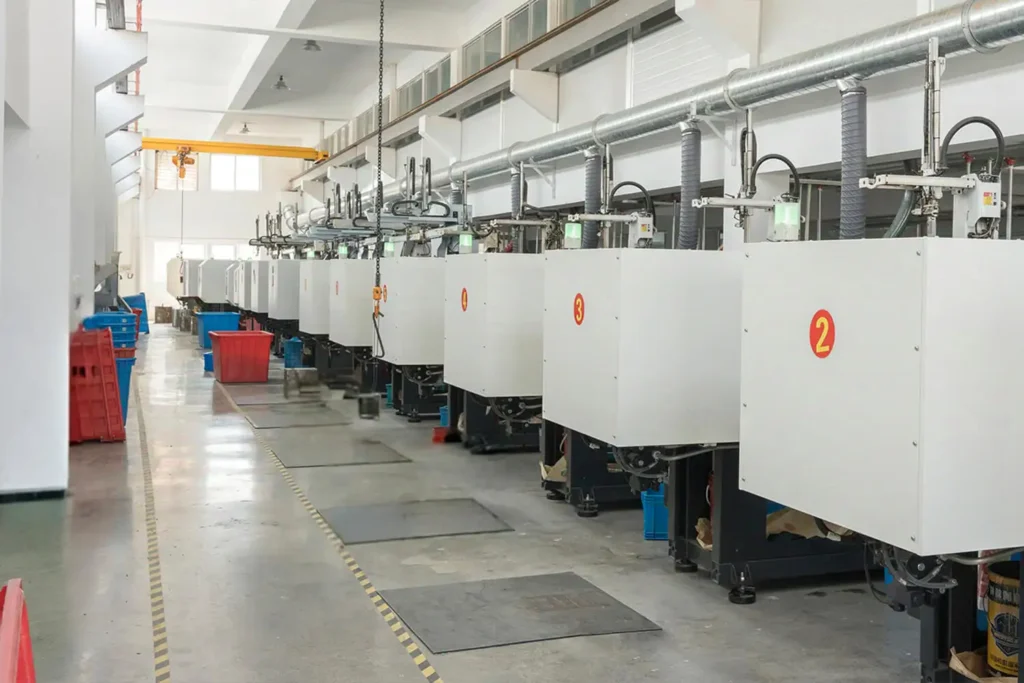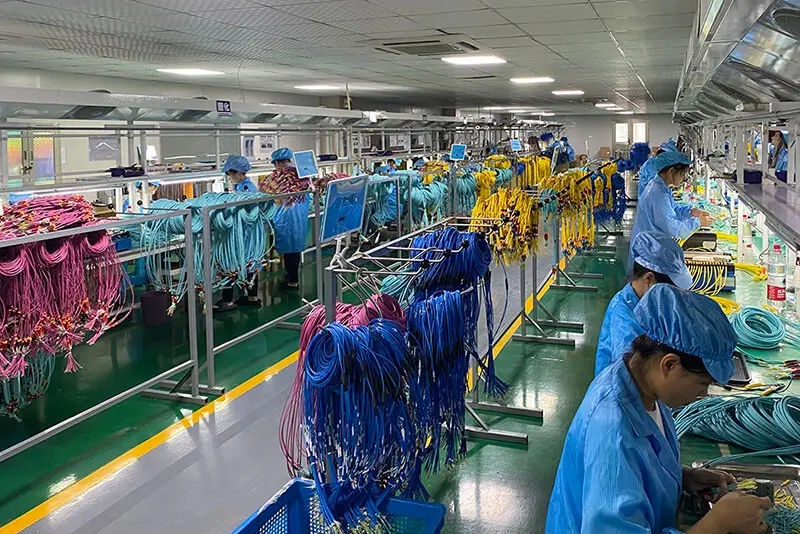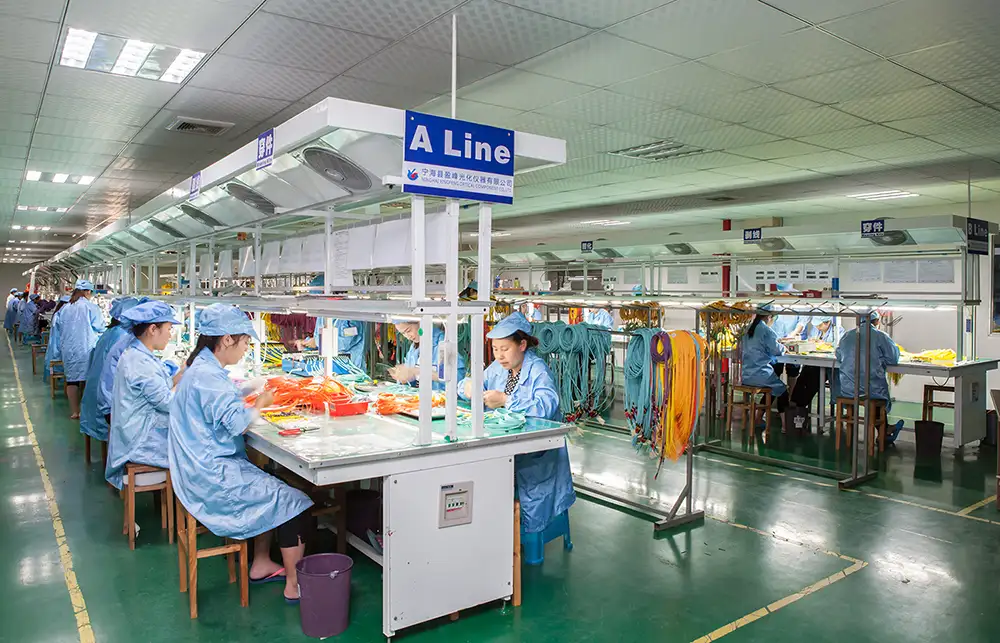Over the past few years, the world has been moving faster toward digital transformation. With the rise of AI, cloud computing, IoT, and data centers, the need for fast, stable communication networks has exploded — and at the heart of it all lies fiber optics.
Fiber networks are now the backbone of everything from home internet and 5G towers to hyperscale data centers. As a result, the demand for fiber optic engineers and technicians has surged worldwide.
But how can someone with no prior experience start a career in fiber optics?
Here are six practical and actionable ways to learn, train, and get certified — even if you’re starting from zero.

TABLE OF CONTENTS
1. Start with Free Online Courses (Fiber U by FOA)
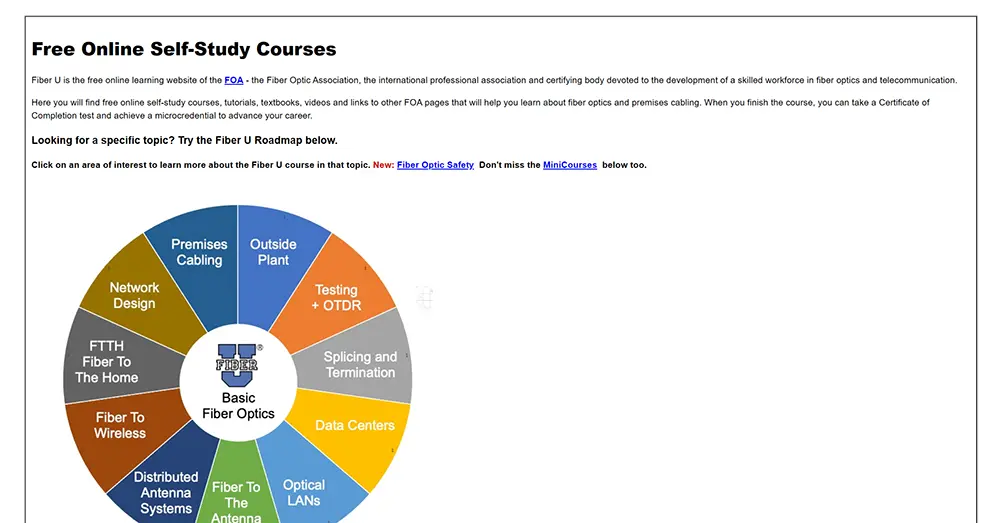
If you’re new to fiber optics, the best place to begin is Fiber U, a free online training platform created by the Fiber Optic Association (FOA) — the world’s leading certifying body for fiber professionals.
Fiber U offers a wide range of self-paced courses, tutorials, videos, and study guides that cover topics such as:
- Introduction to Fiber Optics
- Basic Fiber Optics
- Fiber Optic Testing (including OTDR and characterization)
- Fiber for Data Centers
- FTTH (Fiber to the Home) and Outside Plant (OSP) Installation
When you complete a course, you can take a short online test (usually $20) and earn a Fiber U Certificate of Completion, also known as a microcredential.
This is an excellent way to prove your learning progress and prepare for the official FOA certification exam later.
💡 Tip: Start with “Basic Fiber Optics” — it’s the foundation for every FOA certification and suitable for total beginners.
2. Get FOA Certified (CFOT – Certified Fiber Optic Technician)
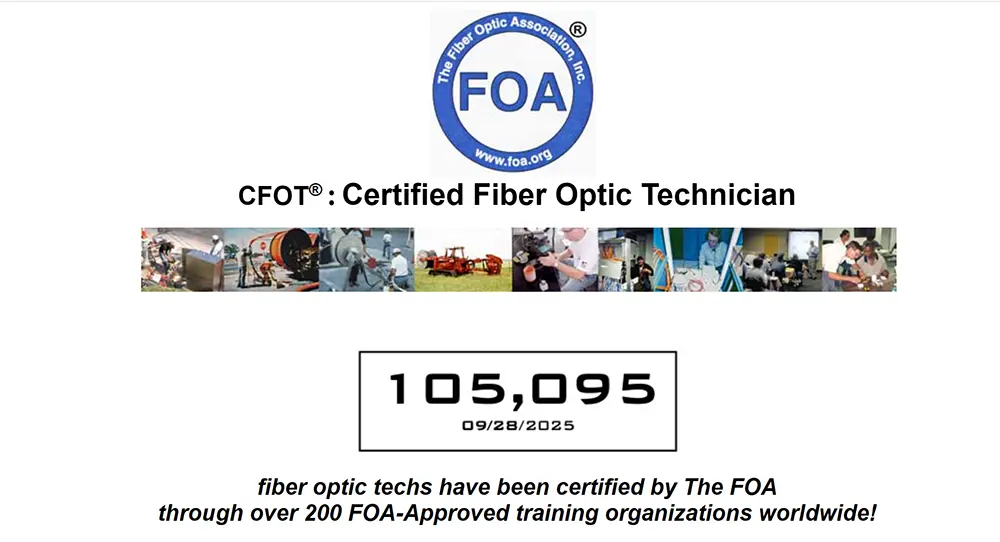
Once you’ve completed some basic online learning, the next step is to pursue an official certification from the Fiber Optic Association (FOA).
The most recognized entry-level certification is the CFOT (Certified Fiber Optic Technician). It validates your knowledge, skills, and abilities (KSAs) in fiber optics — including installation, splicing, testing, and system design.
You can qualify for the CFOT in two ways:
- Attend an FOA-approved training school, where you’ll learn theory and complete hands-on labs; or
- Apply directly through the FOA Direct Certification Program, if you already have documented work experience.
Training programs typically include:
- Overview of fiber optic systems and components
- Cable preparation and termination
- Fusion splicing
- OTDR testing
- Safety procedures and industry standards
🎓 Completing the FOA CFOT certification demonstrates to employers that you’re competent, reliable, and job-ready.
3. Enroll in a Local Vocational or Technical Training Program
If you prefer in-person learning, many vocational schools and community colleges offer fiber optic technician courses.
These programs are short (a few weeks to a few months), focus heavily on hands-on practice, and often include internship or job placement support.
Training usually covers:
- Fiber network installation and troubleshooting
- Connector assembly and inspection
- Fusion and mechanical splicing
- Power loss measurement and OTDR use
Tuition fees vary by region, but many students find these programs worthwhile since they often lead directly to employment opportunities.
You can search for options by typing “fiber optic technician course + your city” or “telecom technical training” online.
4. Learn from Industry Training Programs (Corning, Fluke, CommScope, etc.)
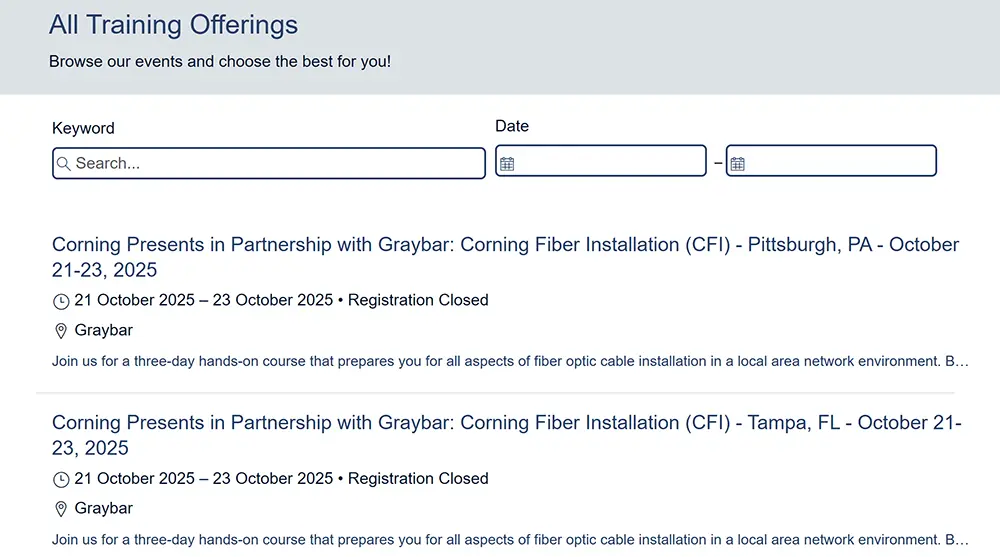
Many major fiber optic manufacturers and equipment brands — such as Corning, Fluke Networks, and CommScope — offer professional training sessions and certification workshops.
These can be:
- Online webinars and video tutorials
- Short in-person workshops focusing on installation or testing
- Certification programs specific to their products
For example, Corning Optical Communications runs training courses that cover installation, splicing, connectorization, and testing, both online and on-site.
Such programs are ideal for professionals who want deeper practical skills or those who plan to work directly with specific equipment brands.
⚙️ These brand-certified courses add credibility to your resume and show employers that you understand real-world tools and methods.
5. Learn by Doing — Practice with Fiber Kits
Theory is important, but hands-on practice is where you truly learn fiber optics.
You can easily buy affordable fiber optic training kits from platforms like Alibaba or Amazon. These kits include items such as:
- Fiber cleavers and strippers
- Visual fault locators (VFLs)
- Patch cords and connectors
- Simple splicing tools
You don’t need to buy professional-grade equipment. A basic practice kit under $50 is enough to help you get familiar with fiber handling, splicing, and connector assembly.
🧠 Practicing at home will make your theoretical learning come alive — and help you become confident before your first job interview.
6. Keep Learning — Use YouTube and Online Communities
Beyond formal courses, YouTube and online forums are treasure troves for fiber learners.
- On YouTube, channels like Corning Optical Communications, EXFO Academy, and independent technicians share detailed installation and testing tutorials.
- On Reddit (r/fiberoptics) and FiberOpticTalk, professionals discuss field problems, OTDR results, and splicing techniques.
- On LinkedIn, you can follow industry experts and join fiber optic groups for networking and career advice.
📺 Learning from the real-world experience of others helps you stay updated and ready for modern installation practices.
A Smart Tip — Learn Before You Apply for Jobs
Many people want to “learn on the job,” but the truth is: those who learn first, win faster.
Even if it costs you some time or money to complete online courses or training, it’s a worthy investment.
Employers prefer candidates who already understand fiber basics, safety rules, and equipment usage — because these people can start contributing right away
🗣️ Companies are more likely to hire someone who can be productive after a short orientation than someone who knows nothing about fiber optics.
By learning before applying, you’ll stand out among applicants and earn better job offers.
Conclusion — The Future Belongs to Fiber
Fiber optics is not just a technology; it’s the foundation of the digital world.
As AI, cloud computing, and smart infrastructure continue to expand, fiber professionals will remain in high demand across every region.
The best part? You don’t need a telecom degree to start — only curiosity, consistency, and hands-on practice.
Take your first step today: study with Fiber U, explore FOA certification, and practice what you learn.
Every small step you take brings you closer to becoming a skilled fiber optic engineer.
A Note from YingFeng Communication
At YingFeng Communication, we’ve been supporting fiber professionals worldwide with high-quality connectors, adapters, and patch cords for over 40 years.
We believe that the next generation of engineers will power the world’s most connected future — and we’re proud to be part of that journey.
💬 If you’re passionate about building your career in fiber optics, start learning today — and the future of connectivity will be yours to shape.


